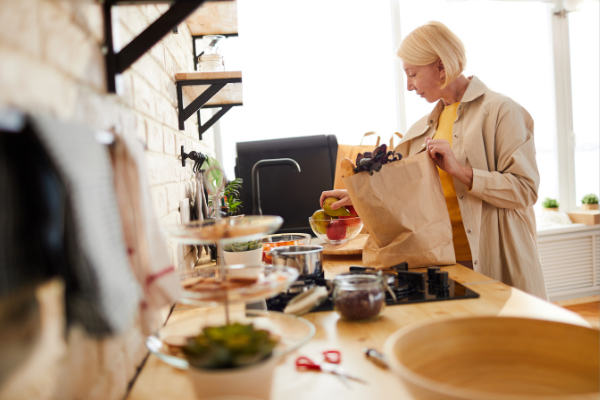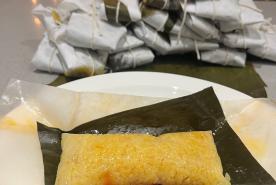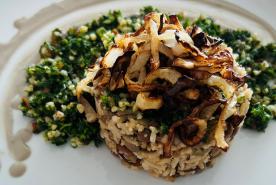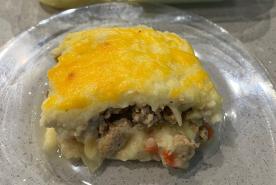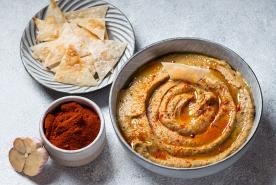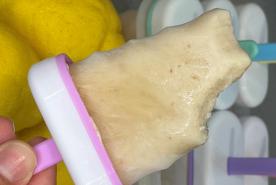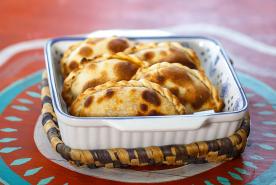August 30, 2022
Americans eat a day around 17 teaspoons of added sugar a day, about 5 teaspoons more than recommended. Check out six sneaky sugar-filled foods to look out for.
The CDC recommends that adults keep their added sugar intake to 10% or less of their total daily calories. In a 2,000-calorie diet, that represents 12 teaspoons a day. How much added sugar does the average adult in America actually eat a day? Around 17 teaspoons! To put it into perspective, that's more than one pound a week or 56 pounds a year.
What Is Added Sugar, and Why Limit It?
Sugar is an important energy source that comes in many forms. Naturally occurring sugar in fruits, vegetables, dairy products, and nuts can be good for you if eaten in moderation. Added sugars, like white table sugar, aren't beneficial and can make it more difficult to control blood sugar levels. Over time this may lead to health problems like diabetes– a leading cause of kidney disease and kidney failure.
Subscribe today!
Join the NKF Blog Newsletter
Get inspirational stories and kidney disease resources delivered to your inbox every month. You'll gain practical insights and expert advice to help you better understand and manage your kidney health no matter where you are on your kidney journey.
Six Foods You Wouldn’t Expect to Be Full of Sugar
Do you know how much added sugar you eat a day? Learn how to read nutritional labels to find out. If it’s more than you thought, you aren't alone– many foods contain more sugar than you might think.
- Condiments: Condiments like relish, ketchup, or BBQ sauce are full of sugar. For example, ketchup and sweet pickle relish have around 5 grams of sugar per 1 tablespoon serving. Skip the store-bought condiments and cook up this lower-sugar version of BBQ sauce.
- White bread: White bread, a refined grain, can spike blood sugar levels because it contains lots of sugar and little to no wheat grain. Whole wheat grain provides important antioxidants, fiber, minerals, and vitamins that help people feel full.
- Breakfast cereal: Many kinds of cereal are marketed as healthy but contain lots of sugar per serving. Read the nutrition label and aim for 4-10 grams per 1/2 cup serving. You can also make your breakfast cereal at home with only six ingredients! Your kidneys will thank you.
- Juice: Some juice brands contain a staggering 23 grams per 1 cup serving. When choosing juice, look for no-added sugar, check the sugar per serving size, and drink in moderation. You can also mix half a serving with water to lower the overall sugar content.
- Smoothies: Many smoothies available for purchase are bursting with sugar. While they may be full of fruit, many also contain fruit-flavored juices, sugary yogurts, and other added sugars. Instead of buying a smoothie, try making your own at home so you can control the ingredients. One of our favorites is this delicious berry tofu smoothie.
- Marinara sauce: Numerous store-bought marinara sauces are full of added sugar to increase the natural sweetness of the tomatoes. Believe it or not, some brands contain around 7 grams of sugar per ½ cup. If you're craving a tasty pasta bake without the added sugar, give this hearty chicken-baked pasta a try.
Looking for Nutritious Food Ideas?
Finding healthy food ideas can be difficult, so we created a list of superfoods to help you get started. While superfoods don't have magical qualities, they're packed with vitamins and minerals– perfect for incorporating into a well-balanced diet. You'll also find recipes to help jumpstart, inspire, or support healthy diets.
